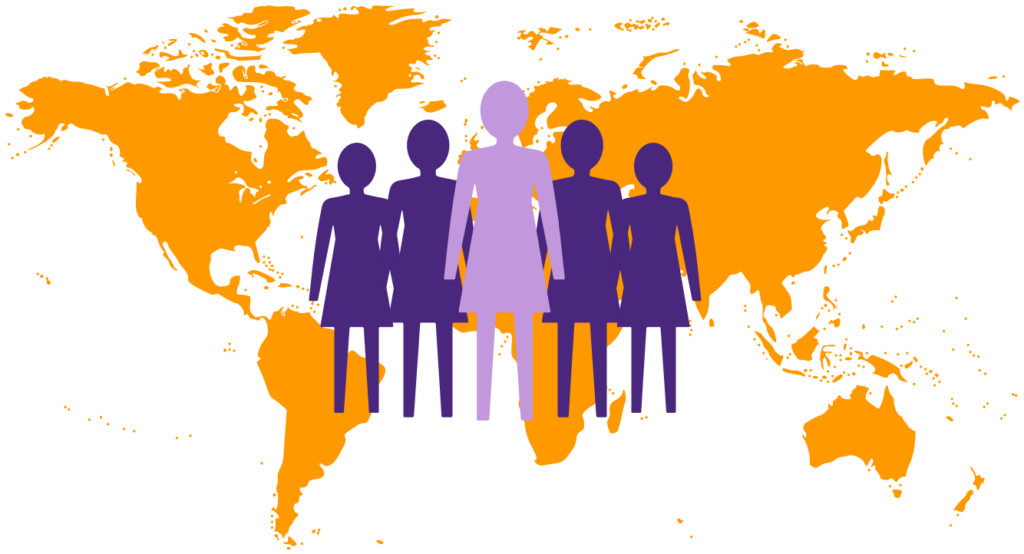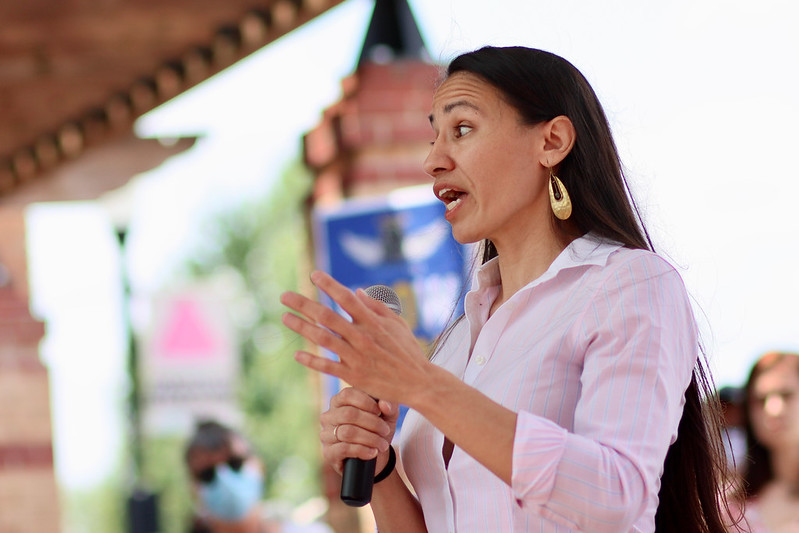The lack of women in elected office is not the result of a lack of qualified women, but our electoral system which continues to hamper women’s attempts to run, win, serve and lead at equal rates to men.

Twenty-five years ago, leaders and organizers from around the world rallied behind Hillary Clinton’s declaration that “women’s rights are human rights, and human rights are women’s rights.”
Soon after, 189 countries signed onto the Beijing Platform to Action committing to a framework for achieving gender equality.
Over the following two and half decades, several legal barriers hindering women’s equality in society have been struck down in the hopes that it would lead to equality and parity across sectors. Despite the elimination of these barriers, socio-cultural biases and structural obstacles engrained in electoral systems around the world continue to hinder progress toward gender parity and equality. These enduring, gendered disadvantages are no more evident than in women’s political representation in the United States.
Women have been running for elected office in the U.S. for well over a century; but, to date, women only make up:
- 24 percent of the House of Representatives and
- 25 percent of the Senate,
- only nine of the fifty states women currently serve as governor, and
- no woman has served as president.
The dearth of women in elected office is not the result of a lack of qualified women, but our electoral system which continues to hamper women’s attempts to run, win, serve and lead at equal rates to men.
Coverage of the record-breaking increases in women’s representation made in recent years often overlooks the fact that our “record” numbers are far behind much of the world and fall short of parity.

Although the number of women in Congress has been increasing over the past two decades, the U.S. currently ranks 87th for gender parity compared to January of 2000 when the country ranked 48th.
Many political analysts and pundits have pointed to the record number of women running for the House of Representatives in 2020. But, few have commented on the fact that a record number of women running doesn’t guarantee a record number of women winning, nor will it automatically result in sustained progress toward parity.
Even if women win an additional 20 seats—a greater seat increase than 2018, bringing the total number of women in the House up to 121—the U.S. would still rank 66th for women’s representation globally.
Globally, U.S. Dramatically Outperforms in Gender Representation
The United States has fallen in the rankings and will continue to do so, because other countries are adopting fairer systems and implementing intentional strategies to improve women’s representation.
RepresentWomen’s most recent report on women’s political representation internationally found, 53 percent of the countries outranking the United States for women’s representation use proportional representation systems and 21 percent use mixed systems, both have proven to be more conducive to truly descriptive and democratic representation of constituents.
Additionally, 77 percent of the countries have taken deliberate action in the form of gender quotas to increase the number of women who run for office and subsequently win.
The work set out at the Beijing Conference in 1995, is far from complete, the next steps we take must be deliberate to not only recognize women’s legal equality and rights but allow women to exercise these rights. Women around the world have proven to be effective and successful leaders, bringing a lived perspective to inform both the process of governing and the development of policy; but, they remain underrepresented up and down the ballot, especially in the U.S.
After more than 200 years of being underrepresented in government, it is not enough to have the right to run; we must take intentional actions and implement structural changes so women can exercise their rights to run, win, serve and lead.
You may also like:






